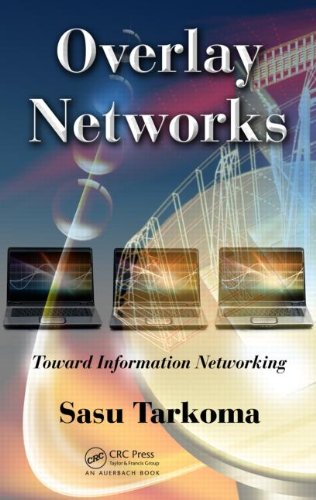

Most ebook files are in PDF format, so you can easily read them using various software such as Foxit Reader or directly on the Google Chrome browser.
Some ebook files are released by publishers in other formats such as .awz, .mobi, .epub, .fb2, etc. You may need to install specific software to read these formats on mobile/PC, such as Calibre.
Please read the tutorial at this link. https://ebooknice.com/page/post?id=faq
We offer FREE conversion to the popular formats you request; however, this may take some time. Therefore, right after payment, please email us, and we will try to provide the service as quickly as possible.
For some exceptional file formats or broken links (if any), please refrain from opening any disputes. Instead, email us first, and we will try to assist within a maximum of 6 hours.
EbookNice Team

Status:
Available0.0
0 reviewsA recent Cisco traffic forecast indicates that annual global IP traffic will reach two-thirds of a zettabyte by 2013. With their ability to solve problems in massive information distribution and processing, while keeping scaling costs low, overlay systems represent a rapidly growing area of R&D with important implications for the evolution of Internet architecture.
Inspired by the author’s articles on content based routing, Overlay Networks: Toward Information Networking provides a complete introduction to overlay networks. Examining what they are and what kind of structures they require, the text covers the key structures, protocols, and algorithms used in overlay networks. It reviews the current state of the art in applications, decentralized overlays, security, information routing, and information forwarding. The book provides readers with an overview of networking technologies, the TCP/IP protocol suite, and networking basics. It also examines:
Written by a scientist who is a university professor and a senior member of the Nokia research staff, this forward-looking reference covers advanced issues concerning performance and scalability. It highlights recent developments and discusses specific algorithms, including BitTorrent, Coolstream, BitOs, Chord, Content Addressable Network, Content Delivery Networks, Overlay multicast, and Peer-to-Peer SIP.
Complete with a number of frequently-used probabilistic techniques and projections for future trends, this authoritative resource provides the tools and understanding needed to create deployable solutions for processing and distributing the vast amounts of data that modern networks demand.